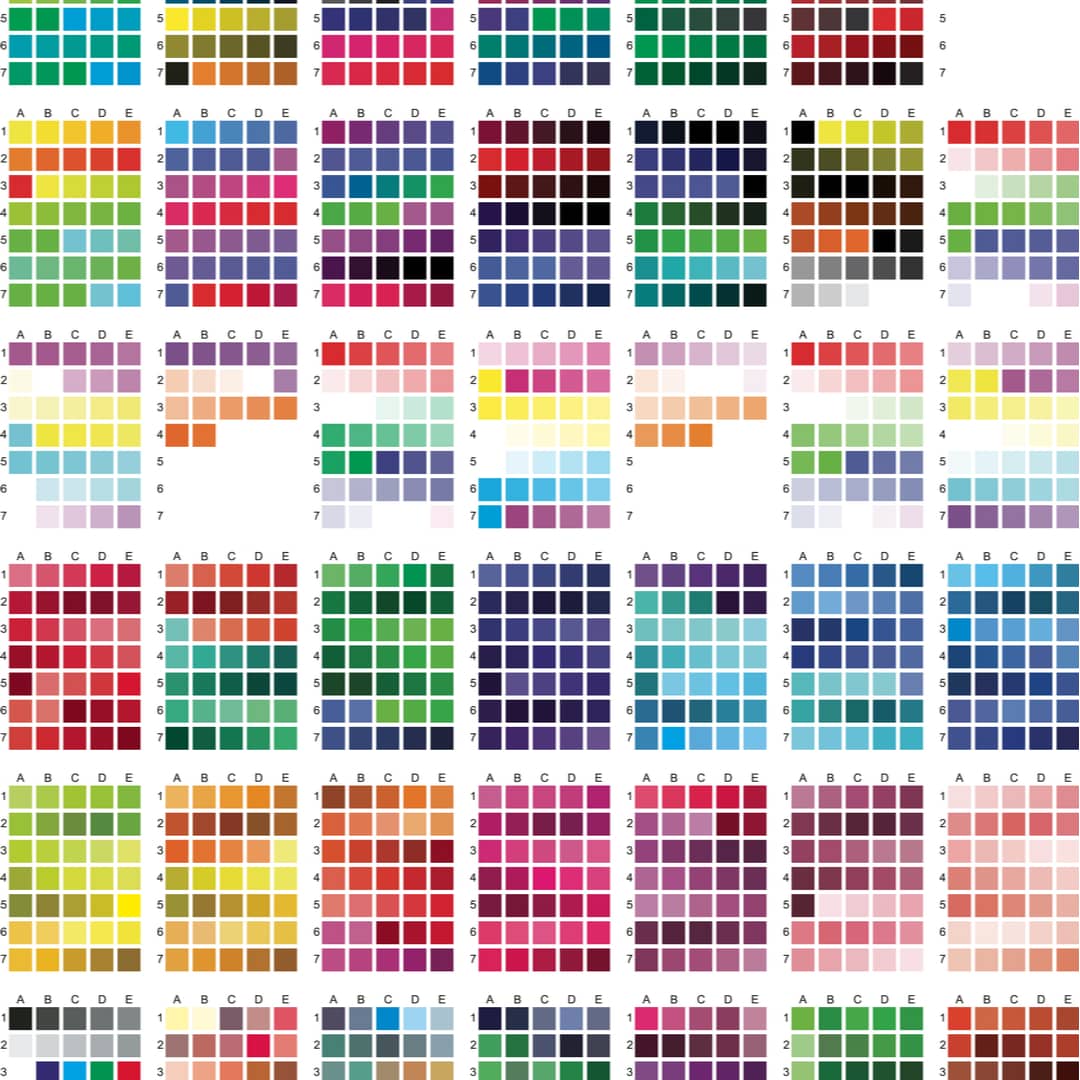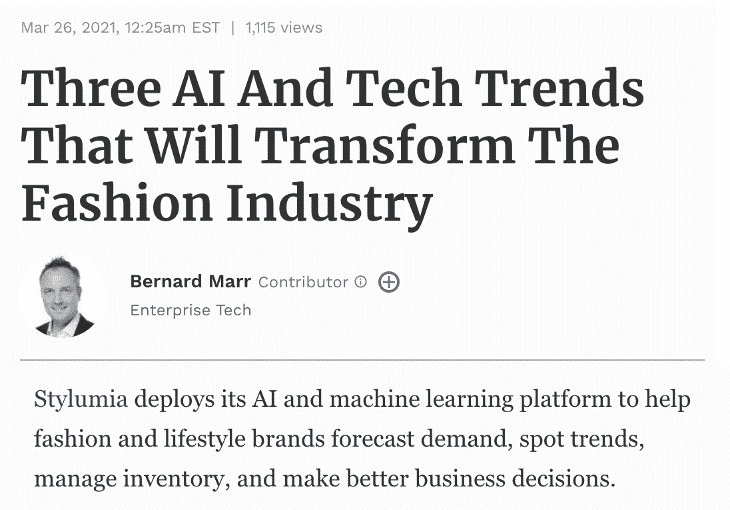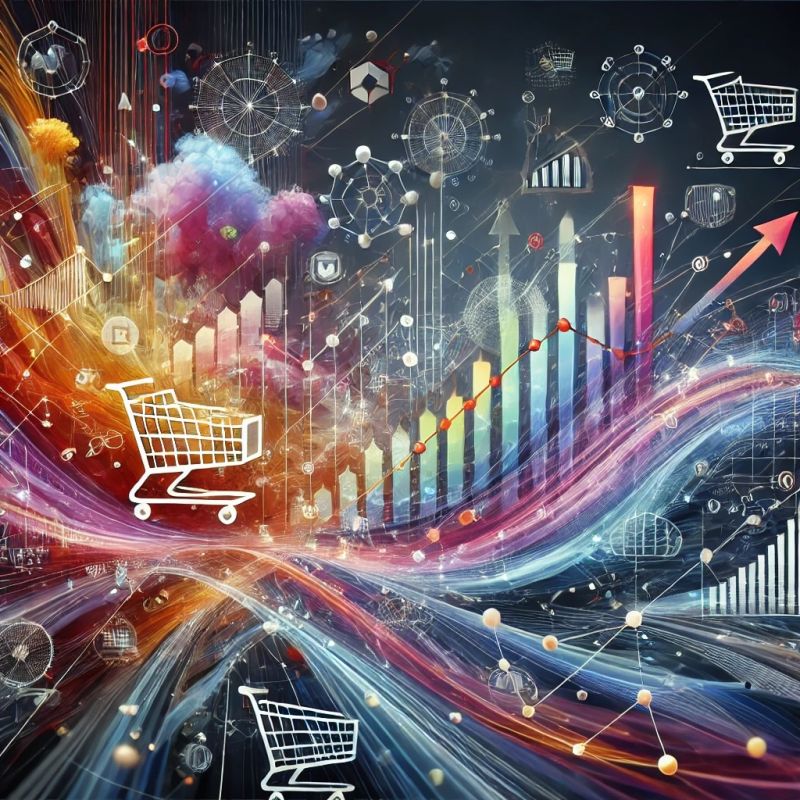State Of Fashion Forecasting | Plagued By Lack Of Provenance

We can understand the current state of fashion forecasting today through comparison from a completely different field, the field of medicine. Also, through the lens of one of the world’s leading computer scientist.
Michael I Jordan is an American scientist, professor at the University of California, Berkeley, and researcher in machine learning, statistics, and artificial intelligence. He is one of the leading figures in machine learning, and in 2016 Science reported him as the world’s most influential computer scientist. (source: wiki)
Here is a real-life story of Michael I Jordan from his article “Artificial Intelligence – The Revolution Hasn’t Happened Yet”
Consider the following story, which involves humans, computers, data, and life-or-death decisions, but where the focus is something other than intelligence-in-silicon fantasies. When my spouse was pregnant 14 years ago, we had an ultrasound. There was a geneticist in the room, and she pointed out some white spots around the heart of the fetus. “Those are markers for Down syndrome,” she noted, “and your risk has now gone up to one in 20.” She let us know that we could learn whether the fetus in fact had the genetic modification underlying Down syndrome via an amniocentesis, but amniocentesis was risky—the chance of killing the fetus during the procedure was roughly one in 300. Being a statistician, I was determined to find out where these numbers were coming from. In my research, I discovered that a statistical analysis had been done a decade previously in the UK in which these white spots, which reflect calcium buildup, were indeed established as a predictor of Down syndrome. I also noticed that the imaging machine used in our test had a few hundred more pixels per square inch than the machine used in the UK study. I returned to tell the geneticist that I believed that the white spots were likely false positives, literal white noise.
She said, “Ah, that explains why we started seeing an uptick in Down syndrome diagnoses a few years ago. That’s when the new machine arrived.”
We didn’t do the amniocentesis, and my wife delivered a healthy girl a few months later, but the episode troubled me, particularly after a back-of-the-envelope calculation convinced me that many thousands of people had gotten that diagnosis that same day worldwide, that many of them had opted for amniocentesis, and that a number of babies had died needlessly. The problem that this episode revealed wasn’t about my individual medical care; it was about a medical system that measured variables and outcomes in various places and times, conducted statistical analyses, and made use of the results in other situations. The problem had to do not just with data analysis per se, but with what database researchers call provenance—broadly, where did data arise, what inferences were drawn from the data, and how relevant are those inferences to the present situation?
Michael I Jordan
Current State Of Fashion Forecasting
In the current state of fashion forecasting, brands go-to forecast reports from agencies, individual observations, and of late data of what is happening in the fashion world.
Let us observe this through a microscopic lens and apply the learning from the above story.
Fashion Forecast Reports | They are snapshot observations in some parts of the world. The observations are also based on what is seen (a signal which is a dangerous signal to pick. The supply signals in fashion are at least 50% incorrect. This is considering over 50% of products either don’t sell at all or sell well.
Individual Observations | Whether they are from travel or digital, they are again snapshotted observations and signals of supply
Online Data Platforms | These data platforms provide what is out there again with the lens of supply. While the good things are there is more data than a snapshot. It is of less use if the data is not indicating the True Demand.
We continue to believe these sources are adding value and reducing the risk like the doctor’s recommendation in the story.
All of the above methods are good when we did not have the technology we have today. Like the engineer’s mind (Michael’s questioning) of verifying the source of the assumption for the probability of risk, fashion designers and buyers need to have a planetary level system that can sense consumer demand than snapshot or streaming data that connote the supply signals. This state of fashion forecasting has a huge risk of supply-demand mismatch reflecting in over 50-100 billion garments of wastage every year.
The point is not replacement as much as augmentation of human intelligence with planetary level dynamic consumer intelligence with provenance.
“A New Thinking” For Transformation
There is a need to invent the next generation of AI systems that work at the planetary scale, enabling inference and decision making systems.
This need of transforming the current state of fashion forecasting is what triggered us at Stylumia to create a Demand Science® for the fashion industry globally. This is unique and one of its kind. Demand Science fundamentally brings streaming data across the internet. This data then goes through a Demand Sensing algorithm which removes the supply noise and brings True Demand to consumers at a planetary scale. All of this in a contextual way with provenance. You can read more about Demand Science on how it works and what impact it creates here.
We are at a very crucial stage in the fashion industry post covid to re-invent the way we conceptualise and introduce products to consumers.
Like in medicine patient health and recovery is the ultimate goal for any technology system and doctors, it is meeting consumer demand the key role for all of us and the technology systems. Not only for the economic benefit but also for environmental sustainability. A recent Forbes article on this with Stylumia and SAP collaboration here.
It is time to question what we do now and provenance for them. Brands and retailers are realising this fast and changing the way they approach product decision making. Also, evaluate critically the tools and methods.
We are in for a paradigm shift not incremental. Those who adapt fast are the ones who will not only survive but thrive.
Recently Forbes came out with an article on Top 3 AI Trends transforming the fashion industry. Great to see Stylumia’s mention there.

In Conclusion,
It is the questions that always created transformations, not the answers. We will leave you with a question for transforming the current state of fashion forecasting,
“What is the right tool for fashion forecasting which provides planetary level inference & intelligent decision-making capability with provenance, with least risk?”



